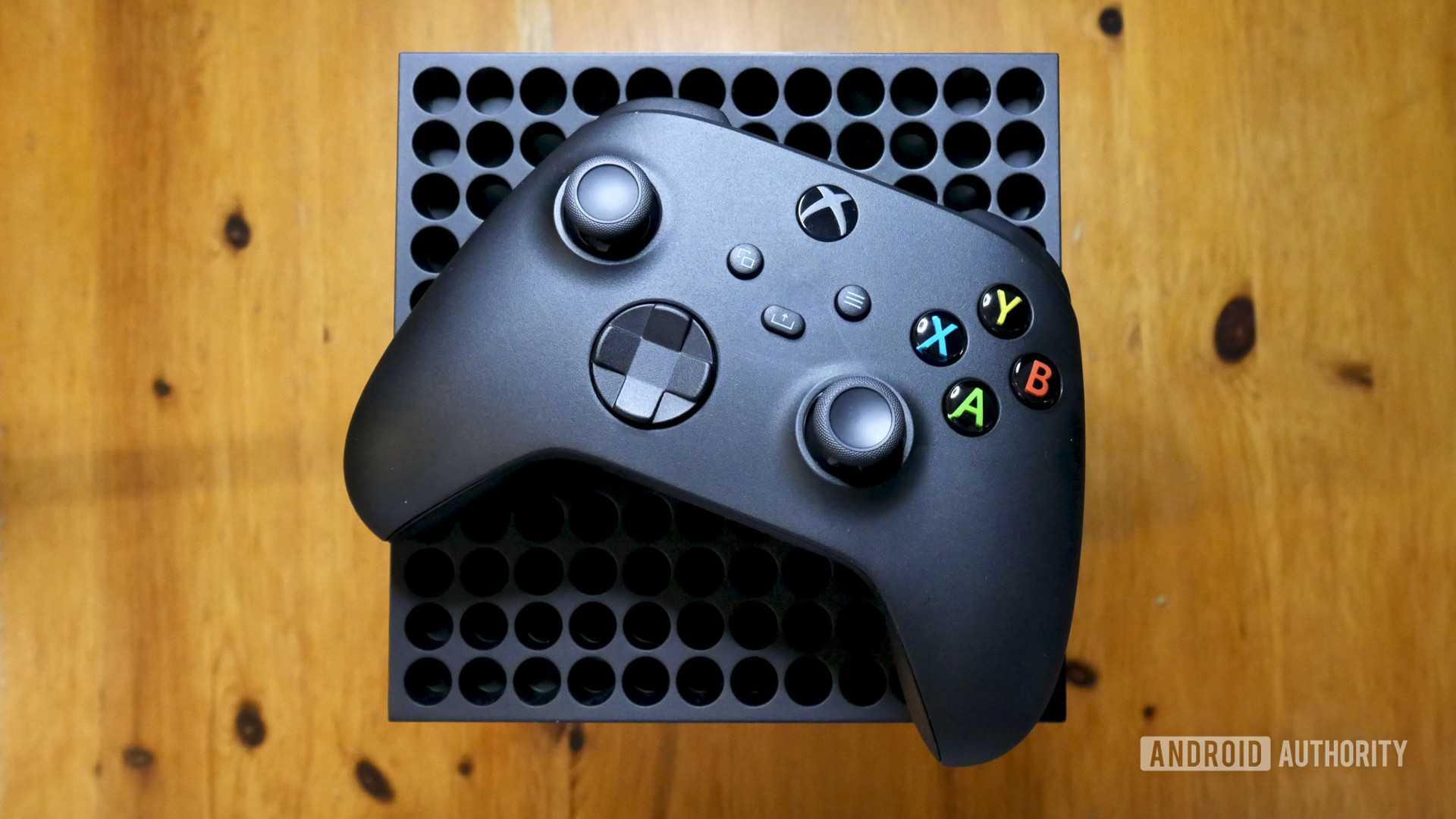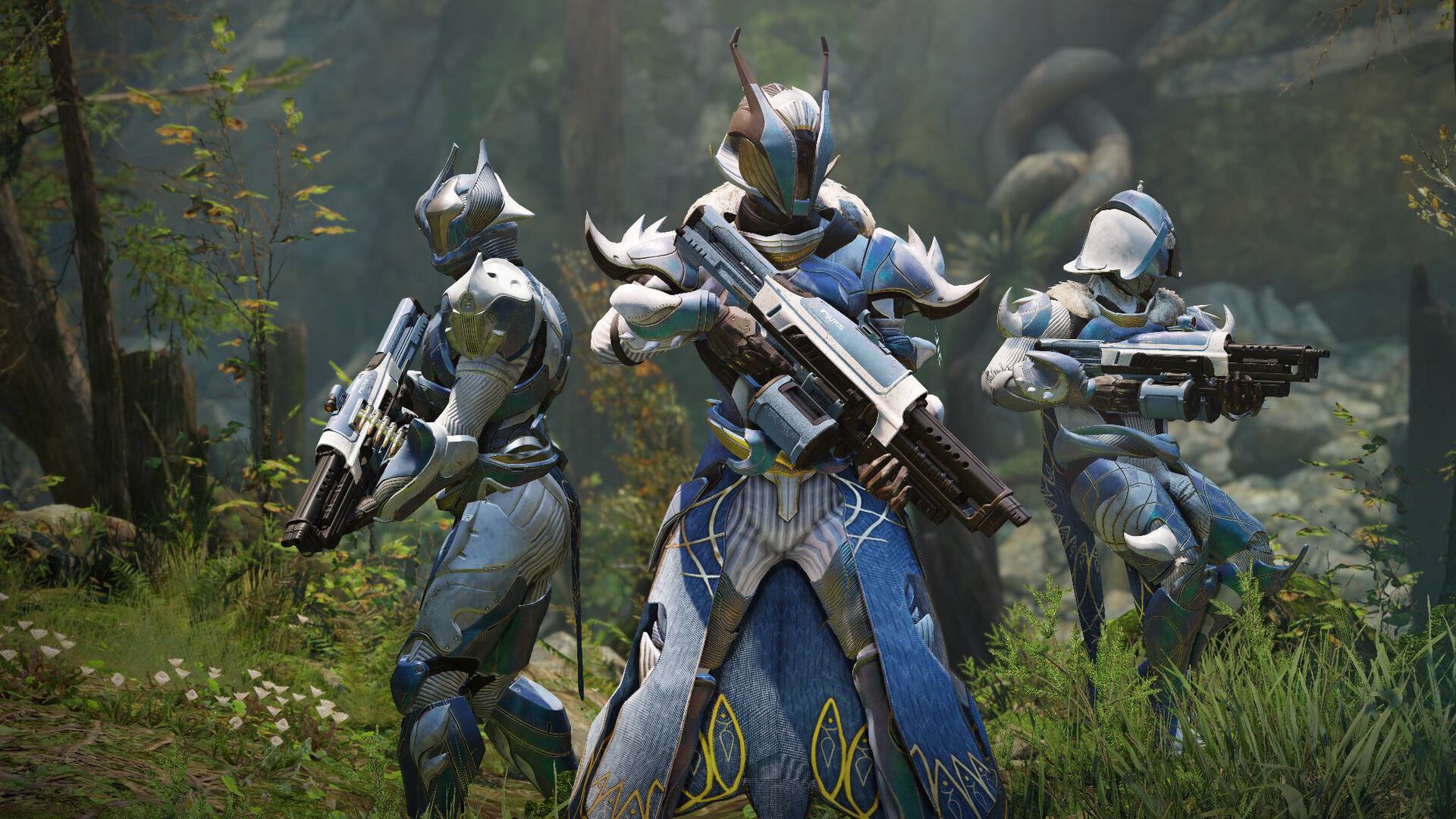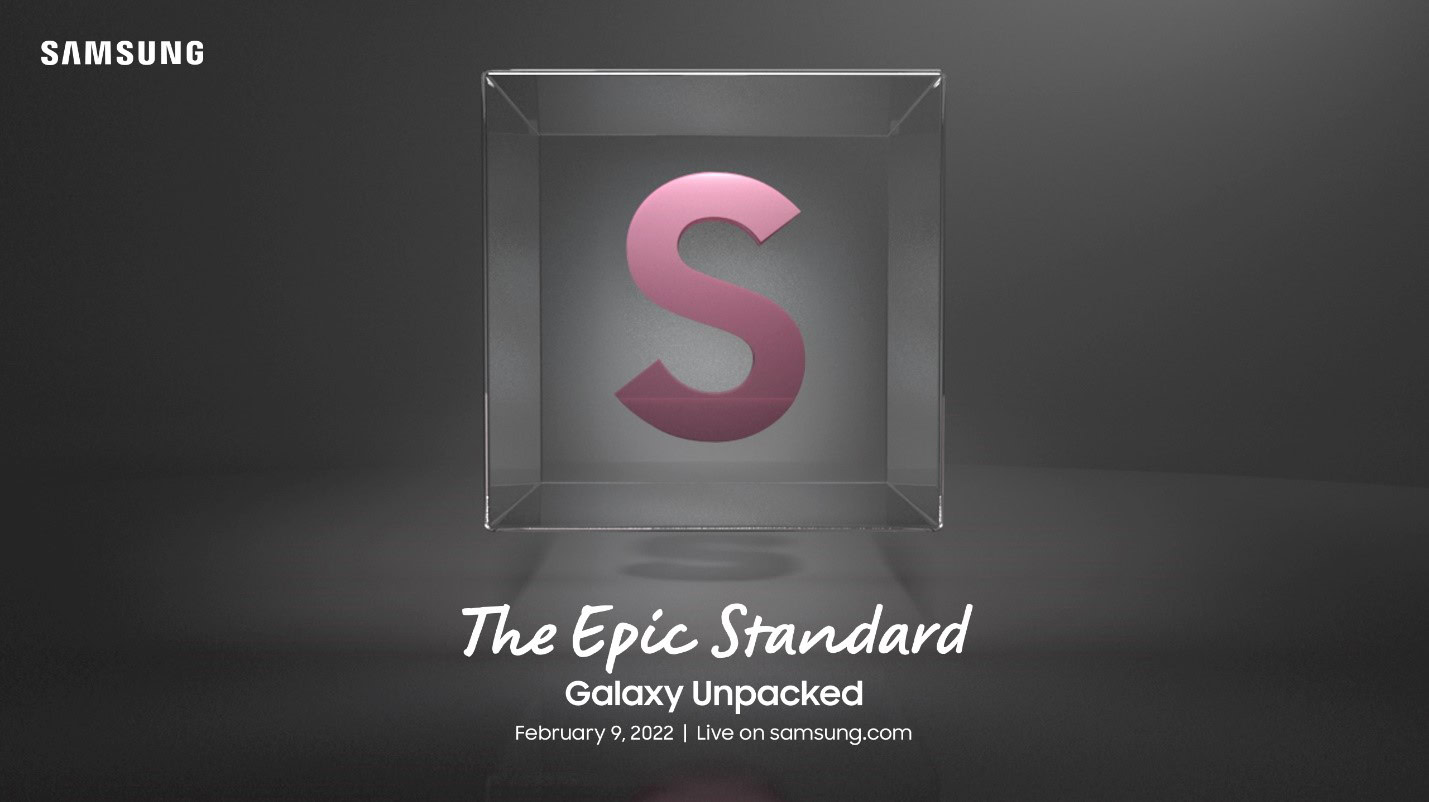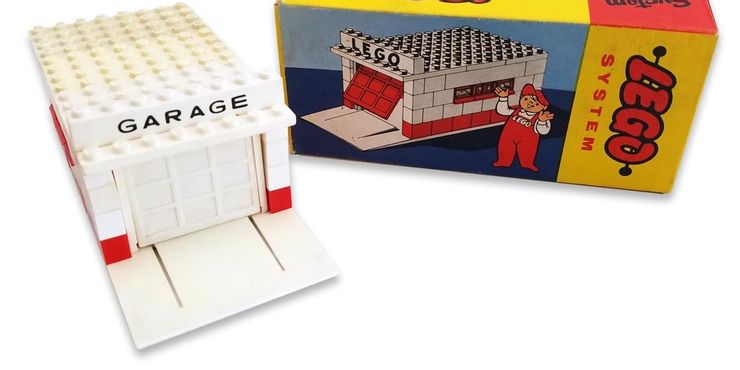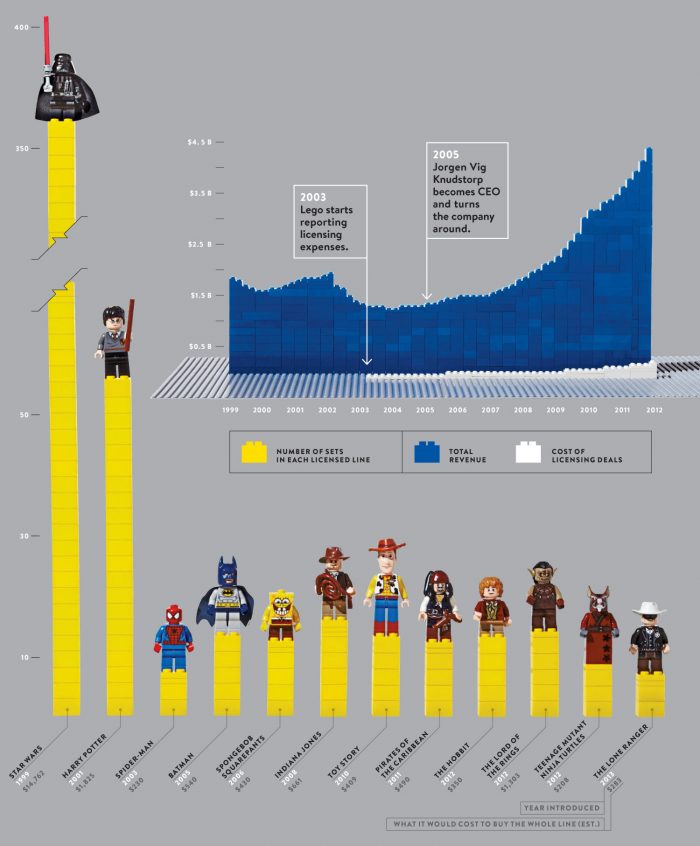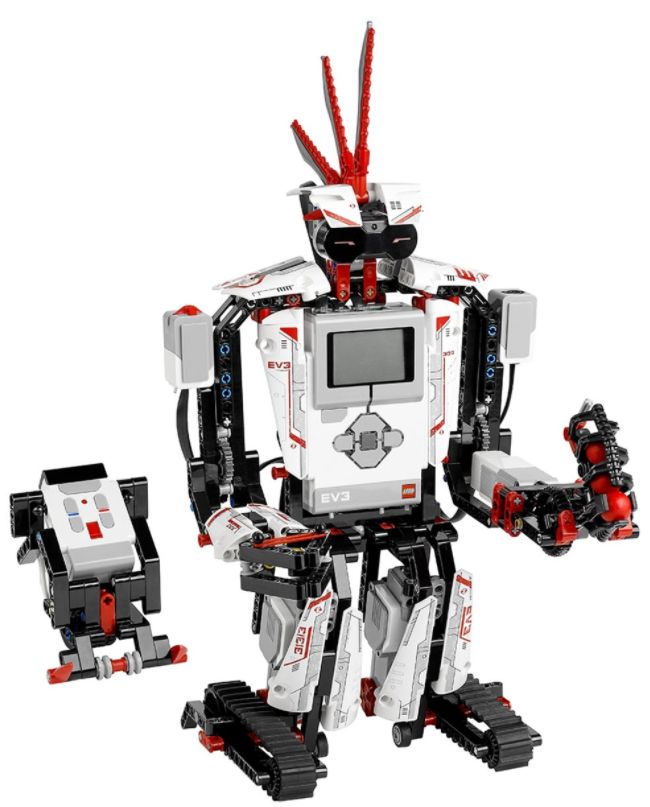Affiliate links on Android Authority may earn us a commission. Learn more.
⚡ Welcome to The Weekly Authority, the Android Authority newsletter that breaks down the top Android and tech news from the week. The 179th edition here, with the Samsung Galaxy Unpacked date, a possible Pixel 6a launch date, and International Lego Day.
😨 A persistent bug meant factory resetting my phone this week, and I had that hold-your-breath-don't-panic moment where you're sure all your data is going to be deleted, despite the fact it's clearly been backed up and is in the process of being restored. Happy to report, bug fixed!
Samsung:
- Samsung Galaxy Unpacked date’s officially revealed for the S22: February 9 at 10AM ET.
- Lots more S22 specs dropped this week too, including details on a 3x telephoto camera on the S22 and S22 Plus.
- Leaked Galaxy S22 Ultra EU pricing suggests no discount this year and less RAM for the same price: blame Covid, supply chains, inflation…
- And future dual-folding Galaxy device could have weird way to store an S Pen, in a slot between two panels.
Google:
- Google Pixel 6a could revert to a May launch window, which is just around the corner and much earlier than the Pixel 5a.
- Speaking of, Google mistakenly lists ‘Pixel 6a’ in coloring book for Superfans. WHOOPs!
- And Google’s Pixel foldable could be much cheaper than the Galaxy Z Fold 3, could cost $1,399 — following rumors at the end of 2021 the device had been canned, it looks like the phone could make its debut this year.
- Meanwhile, the Google Pixel Watch gets a rumored launch date: May 26, but take that with a pinch of salt.
- And Google’s been slapped with a lawsuit over location tracking: It’s claimed the company continued to track users despite these users disabling location tracking functionality.
Huawei:
- Huawei’s P50 Pro and P50 Pocket launched globally on Wednesday, though not in the US.
- The P50 Pro has a 6.6-inch 120Hz OLED screen, Snapdragon 888 4G SoC, 8GB RAM, 256GB storage, and IP68 rating, running EMUI 12 rather than Harmony OS.
- The P50 Pocket is similar spec-wise, with a 6.9-inch screen, a roughly 1-inch external screen, and triple camera setup – it’s also a properly glitzy design, if that’s your thing.
OnePlus:
- OnePlus Nord 2T specs leak hints at minor but welcome upgrades, could pack unannounced MediaTek chipset, 80W charging.
- And OnePlus stopped chasing enthusiasts, and it seems to be paying off — the company achieved over 520% yearly growth in the US, though only accounted for 2% of the market.
Redmi:
- The Redmi Note 11 series launched globally with four devices on offer: the Note 11 Pro 5G, the 4G alternative, the Note 11S, and the Note 11, all packing 5,000mAH batteries, LPDDR4X RAM, dual speakers, microSD card support, side-mounted fingerprint scanners, and 3.5mm headphone jacks, with some notable differences from Chinese models, starting from $179 for the Redmi Note 11.
Apple:
- Plenty of talk about Apple’s upcoming Spring event: a new iPhone SE, iPad Air, and more, with new iPad Pro, MacBook Air, and Mac Pro coming later — but Bloomberg also reports Russian regulatory filings were unearthed for three new iPhone models and nine new iPads, so 2022 could be a big year.
- Three months after launch, Apple still not meeting demand for M1 MacBook Pro models, especially the M1 Max.
- And Apple’s been hit with weekly €5M fines in Dutch dating app dispute — fines will rise at €5M a week until Apple complies.
- Meanwhile, Apple will reportedly allow iPhones to accept contactless payments — the feature could start rolling out in software updates over the next few months, so no need for Square.
Motorola:
- Motorola Frontier renders leaked, showing a weird camera bump and 200MP camera.
Space:
- Unknown space object beaming out radio signals every 18 minutes remains a mystery: First spotted in March 2018, some think the object could be the remnants of a collapsed star, but what if it’s something else entirely?
- The first movie studio in space could be attached to the ISS in 2024: Space Entertainment Enterprise (SEE) is co-producing Tom Cruise’s upcoming movie (shot partly in space), and the project plans to host TV and film productions, music events, and sports.
- NASA satellite captures a dazzling, important crater on Mars: The crater accurately marks the location of zero longitude on the planet.
- Scientists detect evidence for an ocean beneath Saturn’s “Death Star” moon.
Elsewhere:
- Nvidia’s bid to buy Arm is off: It’s told partners it “doesn’t expect the transaction to close.”
- Android apps on Windows 11 finally coming to the public: a “public preview” is coming sometime in February, so anyone with Windows 11 can access the PC-based Amazon Appstore — but expect plenty of bugs and limited features.
- A robot vacuum cleaner tired of cleaning made a bid for freedom — I think we’ve all felt like that sometimes…
- And Casio revealed its retro Rubiks-cube-inspired G-Shock watch, an official collaboration with Rubik’s, on sale from February 9 for around $190.
- One of the cheapest mmWave phones just launched in the US: The TCL 30V retails for $300, with blazing-fast mmWave, but is rather budget otherwise, with a Snapdragon 480 5G SoC.
- And Realme backtracks, will now bring Android 12 to Realme Pad.
- Meanwhile, Lenovo Halo leaks: One of the first Snapdragon 8 Gen 1 Plus phones? Not expected until Q3 but plenty to know already.
- Meta’s built an AI supercomputer it says will be world’s fastest by end of 2022: The first phase of RSC (AI Research SuperCluster) is already up and running, consisting of 760 Nvidia GGX A100 systems containing 6,080 connected GPUs.
- Ever wanted a Netflix for drinks? Cana unveils its molecular beverage printer, can supposedly print an infinite number of drinks, using a cartridge filled with flavor compounds.
- Finally, Bentley to spend $3.4 billion to become all-electric by 2030, with production of three gas models to end in 2026.
Movies/TV:
- Disney Plus is planning a big market expansion in 2022: 50 new markets including much more of the Middle East, Europe, and South Africa.
- New version of Chromecast with Google TV leaks, could be limited to 1080p streams
- Knives Out 2 is coming towards the end of 2022, with Daniel Craig reprising his role as quirky detective Benoit Blanc.
- A new TV Promo for Jurassic World Dominion disrupts the Winter Olympics, may make you rethink that ski trip.
- And a final trailer for Uncharted landed ahead of its February 11 release.
- After Yang premiered at the US Sundance Festival, a “serene, emotionally fulfilling sci-fi” from South-Korean filmmaker Kogonada, starring Colin Farrell, though no general release date yet for the US.
- And Apple TV+ teases upcoming series Pachinko, a multicultural love story set in Japan, Korea, and the US, based on the book by Korean American author Min Jin Lee.
- Spoiler alert: Fight Club has a different ending in China, and we shouldn’t even be talking about it.
Gaming:
- Valve’s Steam Deck now has an official launch date: February 25, for those who’ve pre-ordered. Reservation holders can expect an email then, with 72 hours to place your order or risk losing your place in the queue.
- Speaking of, Steam Deck’s new cloud saves could be the system’s best feature: Picking up games on your PC where you left them on Steam Deck sounds pretty handy.
- Crytek announced it’s developing Crysis 4, with a teaser trailer: but it’ll be a while yet.
- And Blizzard’s got a new survival game in the works, still in early days of development, for PC and console.
- Speaking of Activision Blizzard, it’s confirmed it will release at least the next three Call of Duty games on PlayStation and Xbox, following news of Microsoft’s acquisition last week.
- Meanwhile, Lenovo’s new gaming phone leaked: the Lenovo Legion Phone 3 reportedly packs an insane 18GB RAM, a 6.92-inch AMOLED 144Hz display with 720Hz touch sampling rate, 1,300 nit peak brightness, and up to 512GB of storage — plus two 2,800mAh batteries and 68W charging speeds, expected at some point in Q1 2022.
- Uncharted: Legacy of Thieves arrived for PlayStation 5 on Friday, and IGN took a look: looks like resolution and performance are the biggest upgrades, but there’s no multiplayer.
- And speaking of PS5, it’ll soon be easier to share your screenshots and video clips: Sony’s started rolling out a new update that allows you to auto-upload screenshots and video clips to the PlayStation app and share them from your phone.
- Check out GTA 5 running on a Game Boy: Physicist Sebastian Staacks streamed the game from a PlayStation 4 using a Game Boy cartridge with built-in Wi-Fi that he developed.
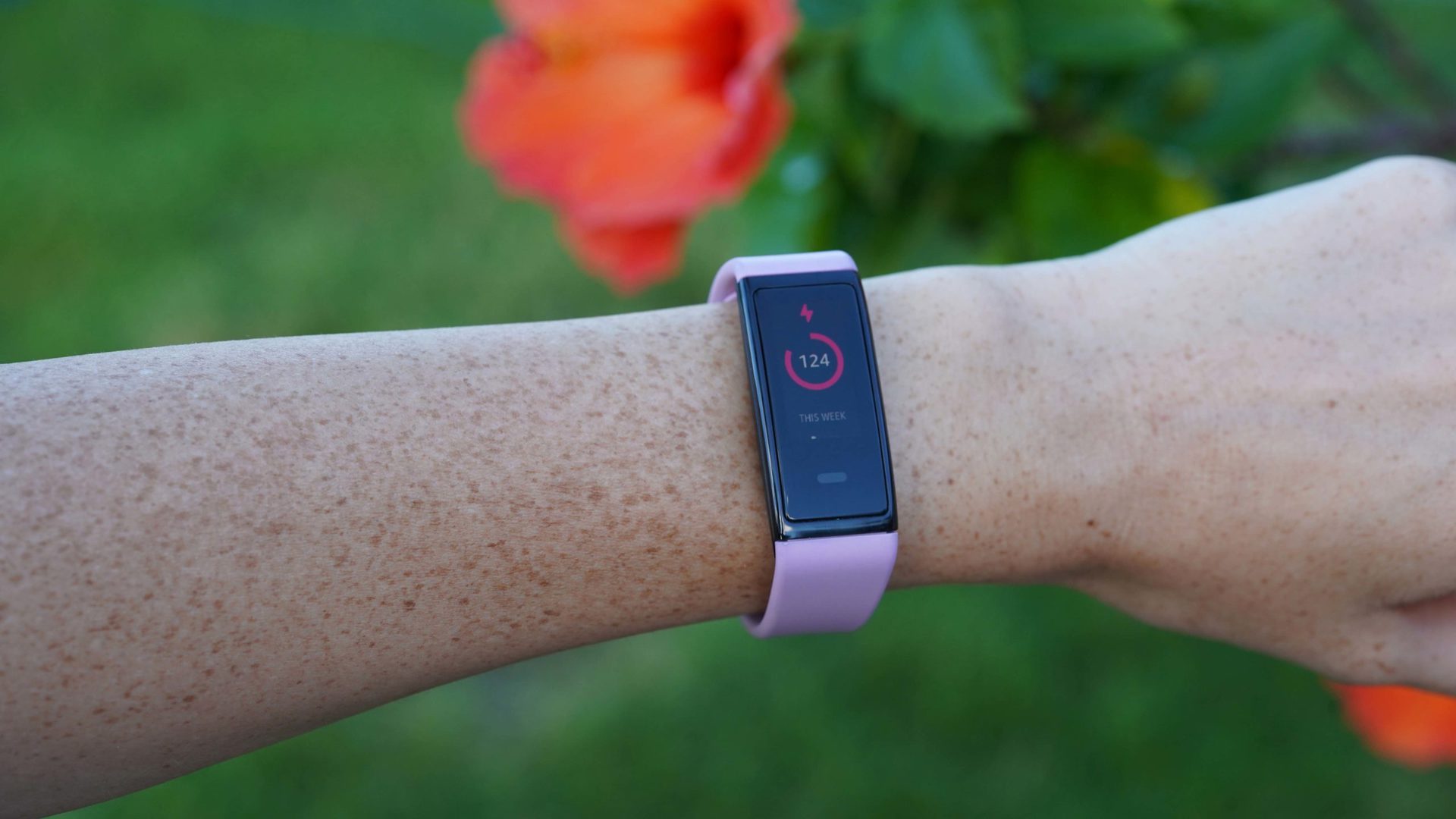
- Amazon Halo View review: Costly conundrum — A decent device at a good price for those new to fitness tracking, but you’ll need an Amazon Halo membership for the best experience.
- Xiaomi Mi 11 revisited: Is it worth buying one year later? — Stunning design, display, and performance, but questionable long-term software support and a camera that’s not on par with other flagships at this price point.
- TP-Link Kasa Smart Bulb (KL125) review: Millions of colors, no hub in sight — “TP-Link managed to fit just about everything you can ask for into its Kasa Smart light bulbs — and no hub required for setup.”
- NVIDIA RTX 3050 review: A great $250 GPU (in theory) —”Based on what we know so far, it’s an absolute steal if you can nab it for $250, and for many gamers, it’ll be worth paying several hundred more” (Engadget).
- Nokia G50 review: Struggling to stand out — “No glaring weaknesses, but no praiseworthy strengths either” (Trusted Reviews).
Features
- Ranked: The worst phone processor fails of all time — from performance throttling to security breaches and overheating issues (Android Authority).
- What is two-factor authentication and why should you use it? Make sure nobody but you can access your online accounts (Android Authority).
- The meaning and history of memes: Memes are everywhere nowadays, but how do you explain one to somebody who doesn’t get it? (The New York Times).
- Physicists created bubbles that can last for over a year: Wow — 465 days, to be precise (Wired).
- Ten dazzling celestial events to see in 2022: lunar eclipses, meteor showers, and more (Smithsonian Magazine).
Friday marked International Lego Day, and whether you grew up playing with the iconic blocks or are an avid fan of Lego sets as an adult, there’s no denying the little bricks are one of the world’s most popular toys. In fact, Lego has become “The Apple of Toys.”
This week, we’re taking a deep dive into the history of Lego as well as a peek at how the company has embraced innovation and technology.
Some Lego facts
- The Lego Group was founded in 1932 by Ole Kirk Kristiansen, and started out making wooden toys — it wasn’t until 1946 that Kristiansen bought an injection molding machine and began making plastic toys.
- The first stud-and-tube coupling LEGO bricks were developed with his son, Godtfred, in 1958 (and they still work with today’s bricks).
- Today, Lego is the world’s largest and most profitable toymaker.
- In 1999, the Lego brick was named “Toy of the Century.”
- The Lego Group was named one of the 2021 Time100 Most Influential Companies.
- Seven boxes of Lego are sold every second.
- There are more little Lego people on the planet than there are real people!
- Lego produces 22 billion plastic bricks a year — that’s around 500 bricks per second.
Enough Lego facts! How did the company get to where it is today?
Over-innovating and a rethink
Things weren’t always so rosy for Lego. In 1998, the company posted its first loss. By 2003, sales had dropped 35% in the US and 29% worldwide, leading to losses of $238 million. It was clear a shakeup was needed or the company faced bankruptcy.
Lego had fallen into the trap of “over-innovating” in an attempt to appeal to children in the age of video games. The company had lost its identity, branching out widely into video games, Lego-branded jewelry, and even its own clothing line, while at the same time simplifying its Lego sets so they were unrecognizable to fans.
The company restructured in 2003, hiring new CEO Jørgen Vig Knudstorp, who spotted the trying-too-hard mentality that had led to Lego’s demise, and set up “The Future Lab” complete with a team tasked with “inventing new, technologically-enhanced ‘play experiences’ for children worldwide.”
Lego’s smart licensing
Back in 1999, The Lego Group’s licensing decision was a smart one that’s led to the little bricks appealing to adult fans of Lego (AFOLs) worldwide. It all started with an agreement to license Star Wars characters and vehicles. Since then, the company has sold over 200 million Star Wars Lego boxes, and branched out into a range of other agreements for licensed lines including Harry Potter, Batman, Indiana Jones, Pirates of the Caribbean, and more.
What about AFOLs?
Back to those adult fans of Lego. After the crisis of 2003, the company really started to pay attention to its adult fans. Prior to this, it seemed strange to the manufacturer that any adult would buy a Lego set for themselves. An AFOL engagement team was formed, and research carried out into those attending unofficial fan conventions and forming AFOL online groups.
In 2005, Knudstorp attended a fan convention, where he saw the hordes of adult fans for himself. The company started to work more closely with its fans: anyone could submit an idea for a set, and if enough fans liked the idea, the company would produce the set.
Today, the Lego Ideas line includes fan-favorites like a Delorean from Back to the Future, and a Big Bang Theory set. Lego continued to listen to what its fans wanted, creating an Ambassador Network and hosting the first official fan convention, Lego Con, in 2021.
Innovation, technology, and the environment
Lego’s come a long way since its first Garage and Esso Service Station sets in 1955. The company has embraced innovation and added the latest technology to its sets — like the creation of Mindstorms, Lego’s programmable robotics kit. Becoming popular in the mid-90s, the sets appealed to budding young engineers as well as adult geeks who wanted their own robots. Four years after release, the kits were still selling 40,000 units a year, becoming Lego’s all-time best-selling product.
In 2019, Lego launched eight AR-focused sets, part of the Hidden Side series, skirting the line between physical and virtual. Haunted house sets were linked to a free Hidden Side app, allowing children (and adults) to hunt, capture, and collect ghosts, alone or with friends.
Lego Lab Sets feature remote-controlled Technic vehicles, motorized lego sets, and the LEGO BOOST Creative Toolbox, helping kids aged seven and older to learn the basics of robotics, coding, and engineering.
Lego has also hit the headlines for its steps to become more sustainable. In 2018, it replaced the plastic used in some parts of its products with plant-based alternatives. In 2021, it announced it had found a way to use recycled plastic bottles to create its iconic bricks.
Although these recycled bricks are still a prototype, for now, Lego has also committed to removing oil from its supply chain entirely by 2030. It’s bold moves like this that ensure Lego bricks will continue to have a place in the toy boxes of the future.
Let’s finish with a few more Lego facts…
- In 2021, Lego released the Home Alone set, a $250 fan-inspired Lego Ideas set recreating Kevin McAllister’s house from Home Alone. With 3,955 pieces, it’s the largest Lego Ideas set yet, packed with booby traps, movie references, and even the treehouse and zip line.
- Lego’s most valuable sets include The Millennium Falcon and the Taj Mahal, First Edition — the former’s first edition once sold for $15,000.
- The largest Lego set ever made is the Lego Art World Map, with a whopping 11,695 pieces, closely followed by the Lego Titanic, with 9,090 pieces.
- February 4: Dying Light 2: Stay Human launch on PS4, PS5, Xbox One, Xbox X/S, and PC (plus a Cloud version for Switch)
- February 9: Samsung Unpacked @ 10AM ET (3PM GMT) — Galaxy S22 reveal, and the S Series
- February 11: Uncharted released in theaters
- February 18: Horizon: Forbidden West launch on PS4/PS5
- February 24: Samsung Galaxy S22 on sale? (TBC)
- February 28-March 3: MWC Barcelona
Tech Tweet of the Week
Discord was down for many on Wednesday. But I feel like I’ve been doing this with a lot of things this week!
I’m going to fix my Discord the same way I fix everything else. Clicking on it repeatedly until outside sources correct the issue and I can take credit.— TheGamer (@thegamerwebsite) January 26, 2022
A little bonus: Go on a sardine hunt with some penguins!
Signing off until next week,
Paula Beaton, Copy Editor
